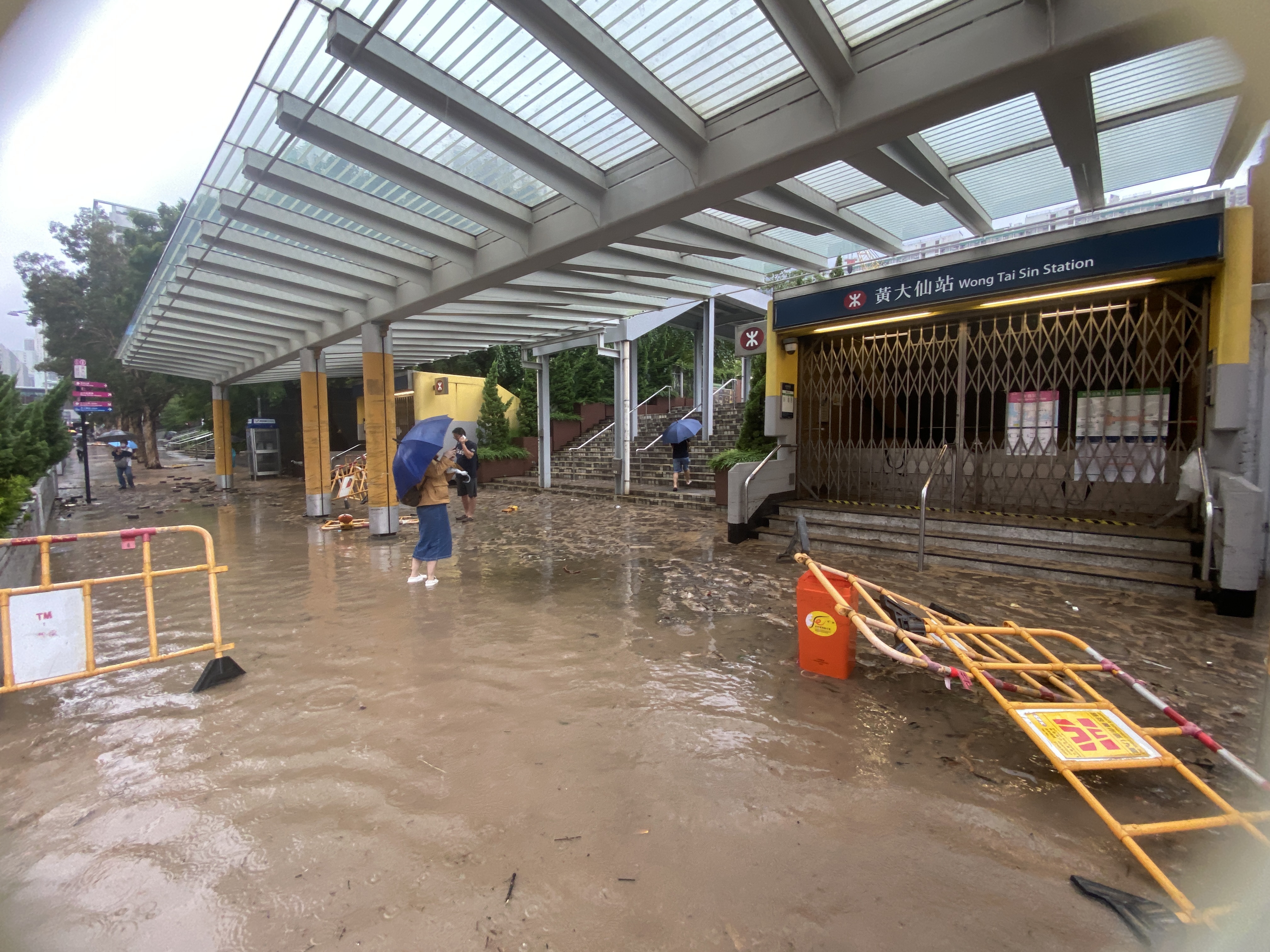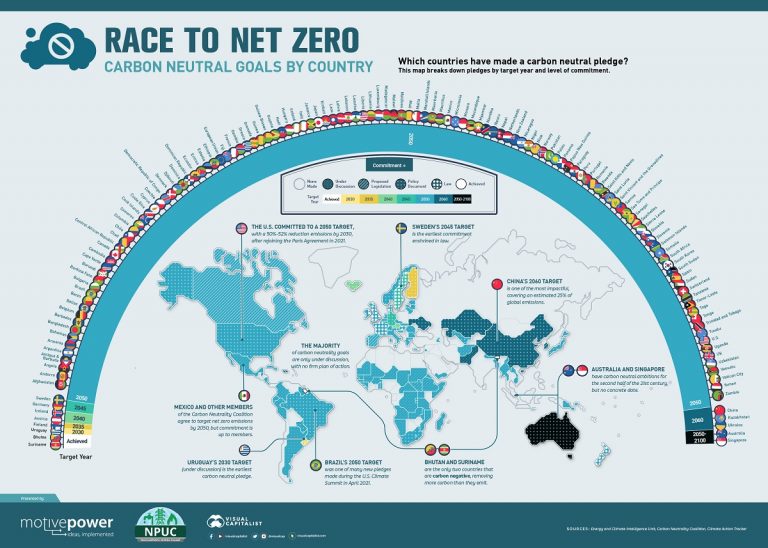Wildfires In The US, Storms In China: How Hong Kong Can Show It Is Heeding Climate Warnings

(29 Aug 2023 SCMP)
Higher global average surface temperatures made July the hottest month on record. In the past few months, extreme heat and dryness have sparked and increased the severity of wildfires, burning large areas of forest, destroying property and taking lives in Canada, southern Europe, the mainland United States and, most recently, Hawaii.
In the East, more powerful storms have been created due to warmer seas, bringing destruction through heavy downpours to India, South Korea, Japan, Beijing and other parts of northern China.
Petteri Taalas, secretary general of the World Meteorological Organisation (WMO), said in late July: “The need to reduce greenhouse gas emissions is more urgent than ever before. Climate action is not a luxury but a must.”
The WMO also warned us that the world is expected to breach a critical climate threshold in the next five years as global temperatures keep rising.
The statement from the WMO was intended to trigger nations – in particular the world’s two largest greenhouse gas emitters, China and the US – as well as leaders of multinational companies to respond with stronger commitments of action to prevent global temperatures from rising further. Unfortunately, the response so far has been disappointing.
In the US, the Biden administration announced a hazard alert to protect workers from extreme heat. It is also investing US$7 million to improve weather forecasting and US$152 million to strengthen the water storage capacity in places like California and Washington that have been seriously affected by drought.
However, we have heard nothing new regarding efforts to quickly limit greenhouse gas emissions from either nation. When US climate envoy John Kerry visited Beijing in July, China’s Ministry of Ecology and Environment said the two nations would have “in-depth exchanges of views on cooperation to address climate change”.
In fact, the two powerhouses, which account for almost 40 per cent of global emissions, have already gone through numerous discussions while continuing to embrace their own economic and political agendas on each occasion.
Beijing considers economic growth to be of the utmost importance as it believes this will make the country stronger and contribute to its fight against poverty. Therefore, China, as the global leader in renewable energy development, is still building new coal-fired power plants to support growth and serve as a backup for its renewables.
Twenty nations committed to ending financing for fossil fuel projects abroad by the end of 2022 at the COP26 climate summit, held in late 2021, but the momentum behind that pledge seems to have dissipated. The war in Ukraine that began in February last year has indirectly caused a worldwide energy shortage and prices have surged. Energy security immediately became a priority of the affected countries.
According to energy analysis company Rystad Energy, many nations such as Qatar, Saudi Arabia, Brazil, Norway, the UK and the US are still granting approvals for new oil and gas projects. Moreover, last year, mainland China approved the highest number of domestic coal-fired power plants since 2015, equivalent to building two large plants each week, to cope with its power crunch.
In Hong Kong, total greenhouse gas emissions rose by four per cent in 2021 compared to 2020. Last year, the city had 15 days when the maximum daily temperature hit or exceeded 35 degrees Celsius, the highest on record. This year, we have been stressed again by the extreme heat; the July monthly mean maximum temperature of 33 Celsius was 1.4 degrees above normal.
Neither Secretary for Environment and Ecology Tse Chin-wan nor Chief Executive John Lee Ka-chiu has made any statements recently calling on the business sector to take stronger climate action to minimise loss and damage inflicted by extreme weather events.
As Lee is currently gathering views for his second policy address, I urge him to set decarbonisation targets for carbon-intensive businesses like the power, transport and construction sectors by applying technology- and nature-based solutions. Urban greening is a proven way to help lower heat stress, for example.
All new infrastructure and buildings built by the government should be carbon-zero. Those metrics should be made public to demonstrate that the Lee administration practises what it preaches.
We desperately need strong leadership to steer Hong Kong away from troubled waters.
Edwin Lau Che-feng, founder and executive director, The Green Earth
Source: Wildfires In The US, Storms In China: How Hong Kong Can Show It Is Heeding Climate Warnings

 繁
繁 綠惜教育活動
綠惜教育活動

 2023-08-29
2023-08-29
 返回
返回
 2021-10-02
2021-10-02



